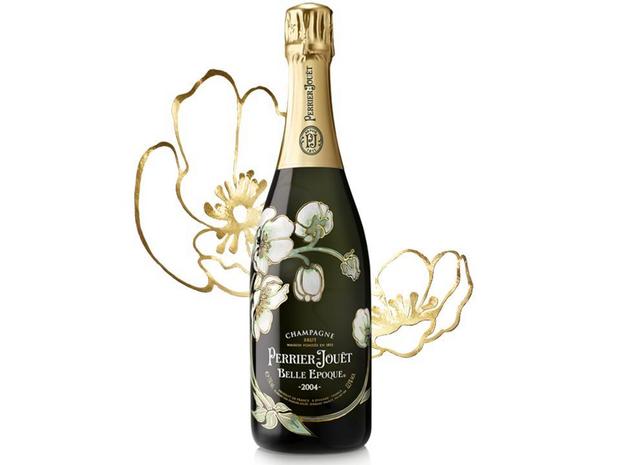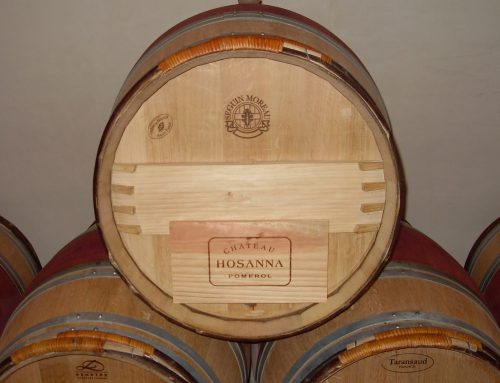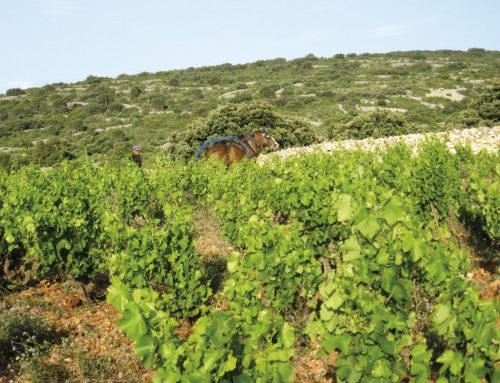More Champagne is enjoyed during the weeks leading up to New Year’s Eve than at any other time of the year. So for the holiday sippers and imbibers, here is a selection of nonvintage and prestige cuvee Champagnes.
Champagne is a sparkling wine, but not all sparkling wines are Champagne. Only the sparkling wines originating in the French Champagne region, located about 90 miles northeast of Paris, are entitled to the Champagne nomenclature.
Nonvintage or multi-vintage Champagne is the basic wine of every producer. As its name implies, this Champagne is made from wines of various years. It is usually a blend of Champagne’s three major grapes: chardonnay, pinot noir and pinot meunier. Along with being the lowest priced Champagne, many retailers offer substantial discounts during December. It pays to shop around.
Taittinger is one of my favorite Champagne houses, from its prestige cuvee Comtes de Champagne to its nonvintage brut, La Francaise. The latter is aged for four years, more than double the legal requirement for nonvintage Champagne, resulting in a white fruit flavor that is as soft on the palate as the French language is on the ear. The nonvintage Taittinger La Francaise Brut is priced $39 to $44 .
Chartogne-Taillet makes miniscule amounts of superb Champagne under the direction of 30-year old Alexandre Chartogne. During my September visit, Chartogne explained that when he took over from his parents in 2005, he changed the vineyard farming as near to organic as the cold, northern Champagne region’s weather allows. His Sainte-Anne brut is full-bodied, floral-perfumed, and deliciously white fruit-flavored. The outstanding nonvintage Chartogne-Taillet Saint-Anne brut is $34 to $39.
Prestige Cuvee is the term for the finest Champagne made by a Champagne house. This wine is made from the best grapes and aged from six to nine years; complexity is a given and further aging adds to it. I like to start drinking prestige cuvees around their 15th year, and depending on the producer, until they are long past 25 to 30 years old. Many have fanciful names; all have price tags reflecting the quality and years of aging that prestige cuvees require.
At the very top of my list is Henriot’s Cuvee des Enchanteleurs. Two weeks ago, at the annual Wine Media Guild Champagne tasting, the 1998 Henriot Cuvee des Enchanteleurs was incredible: Flavors of honey, cashews, pears and passion fruit carried across the palate on a full body with perfect acidity. This is the most recent Enchanteleurs, meaning that Henriot aged it for 12 years before marketing it in 2011. And how long will Enchanteleurs age, you ask? I have 2 bottles of the 1988 that are still spry. Expect to pay about $150 for the 1998 Henriot Cuvee des Enchanteleurs.
The 2004 Perrier-Jouet Cuvee Belle Époque is the most beautiful wine bottle in the world and holds one of the most elegant Champagnes. Rich white fruit flavors are married to a vibrant acidity that gives this medium-body Champagne a long finish. The 2004 Perrier-Jouet Cuvee Belle Époque is from a vintage that will age very well. Buy a few bottles: one will make an eye-catching gift, while the others will make you happy for years to come. Normal pricing for the 2004 Perrier-Jouet Cuvee Belle Époque is about $140, but some retailers have a December price from $99 to $125.








Leave A Comment